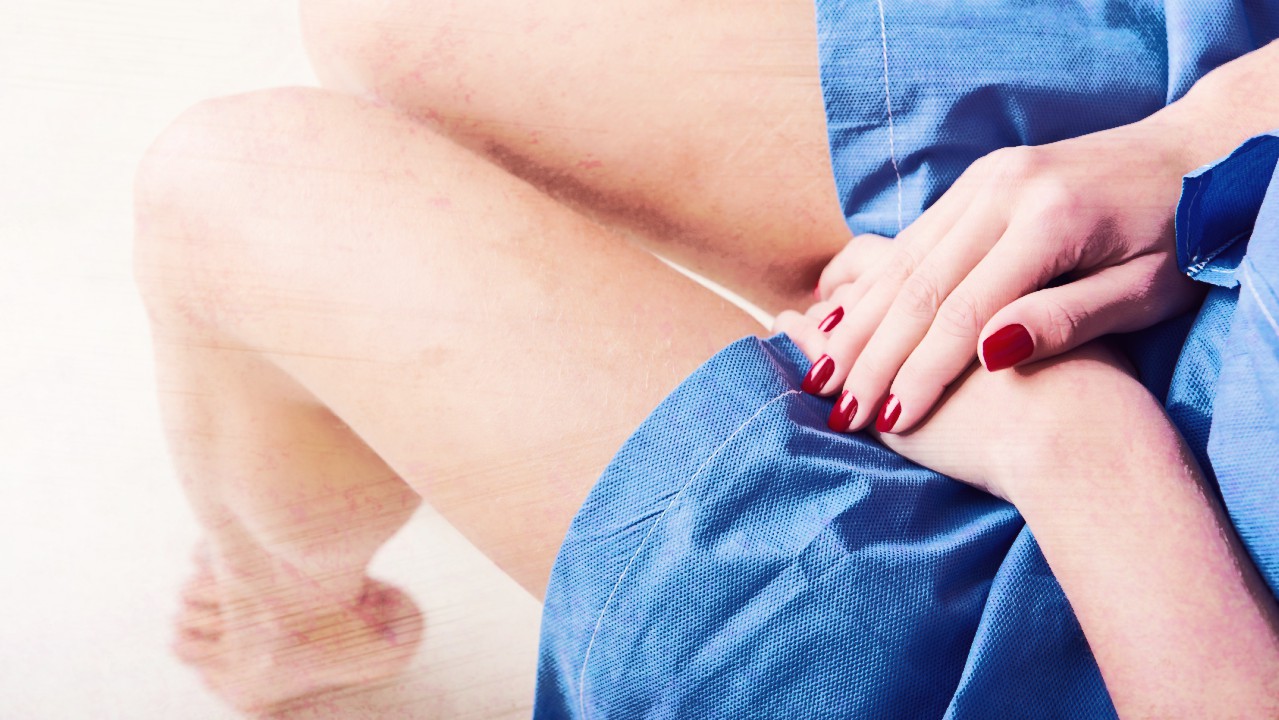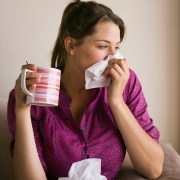Health care workers, especially nurses and laboratory technicians, are exposed to the HIV virus as an occupational hazard. Post-exposure prophylaxis is now standard for workers who experience a transmissible event. Controversy continues over the exact regimen: most use either 2 or 3 drugs for 28 days.
Data from the Centers for Disease Control (CDC) indicate 57 confirmed cases of AIDS transmitted from patient to health care workers in the years 1985 to 2001. Most of these cases involved needle sticks or other cuts, but some came from mucous membrane or non-intact skin exposure. The CDC reports that the risk of AIDS from any exposure other than blood transfusion is fairly low, but every exposure should be evaluated. Anti-viral drugs started within 48 hours may prevent the disease.
It is difficult to study how much preventive medicine is necessary, since no one would volunteer to be deliberately exposed to HIV. Studies with animals show that 28 days of antiretroviral drug treatment, started within 24 hours of simian immunodeficiency virus exposure, resulted in no cases of disease. Shorter treatment periods were less effective: 50 percent of animals treated for 3 days got sick, and 25 percent of those treated for 10 days got sick. For human babies born to untreated mothers infected with HIV, antiretroviral treatment started within 48 hours after birth has been shown to be about 65 percent effective.
The Top HIV Med Journal reports that most common two-drug treatment for post-exposure prophylaxis is zidovudine + lamivudine, but there is increasing use of tenofovir + emtricitabine. For the three-drug treatment, usually a protease inhibitor is added. All of these drugs have side effects, and in rare cases the drugs may be as dangerous as the disease. A report in the Guardian UK describes damage to the liver, kidneys, pancreas, heart, bone marrow, and blood. Thus, it is important to consider carefully what the risk is in each potential exposure event.
Some patients have tried post-exposure prophylaxis for non-occupational exposure to HIV, from sexual contact or injectable drugs. The authors of the Top HIV Med Journal report a case of a patient who took 28 days of a 3-drug treatment, starting 50 hours after receptive anal intercourse. Unfortunately, the patient tested positive for HIV at 5 months after exposure.
Management of exposure to HIV should include:
1. risk assessment
2. discussion of preventive antiretroviral drugs
3. emotional and psychological counseling
4. safe-sex counseling
5. close medical follow-up
References:
1. Landovitz, “Occupational and Nonoccupational Postexposure Prophylaxis for HIV in 2009”, Top HIV Med. 2009 Apr-May; 17(2): 37-43.
2. Serious side effects of antiretroviral drugs: http://www.guardian.co.uk/lifeandstyle/besttreatments/hiv-infection-more-serious-problems-with-antiretroviral-drugs
Linda Fugate is a scientist and writer in Austin, Texas. She has a Ph.D. in Physics and an M.S. in Macromolecular Science and Engineering. Her background includes academic and industrial research in materials science. She currently writes song lyrics and health articles.






Add a CommentComments
There are no comments yet. Be the first one and get the conversation started!